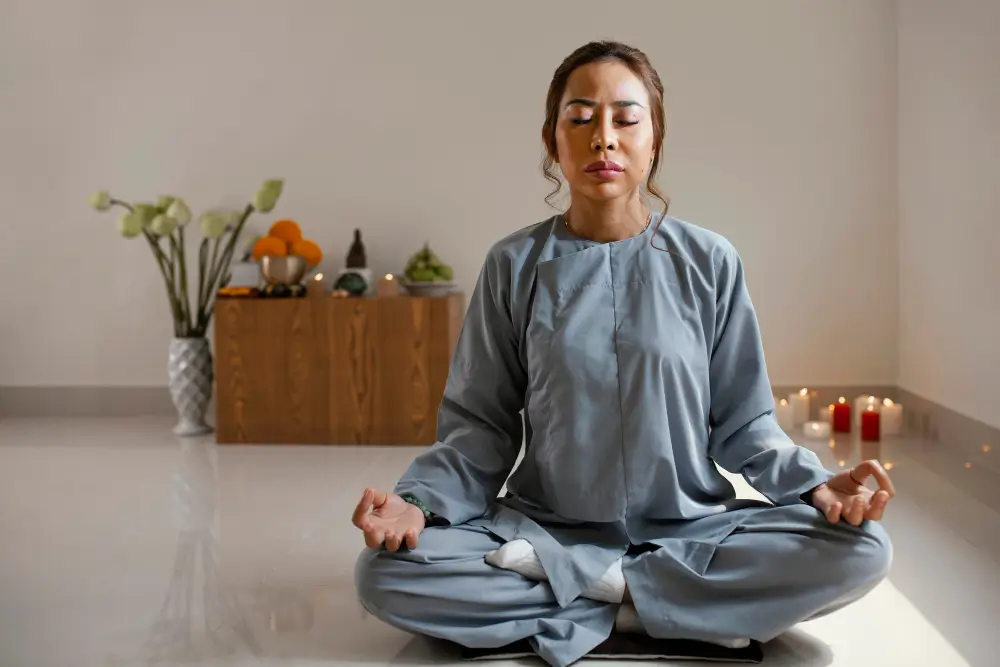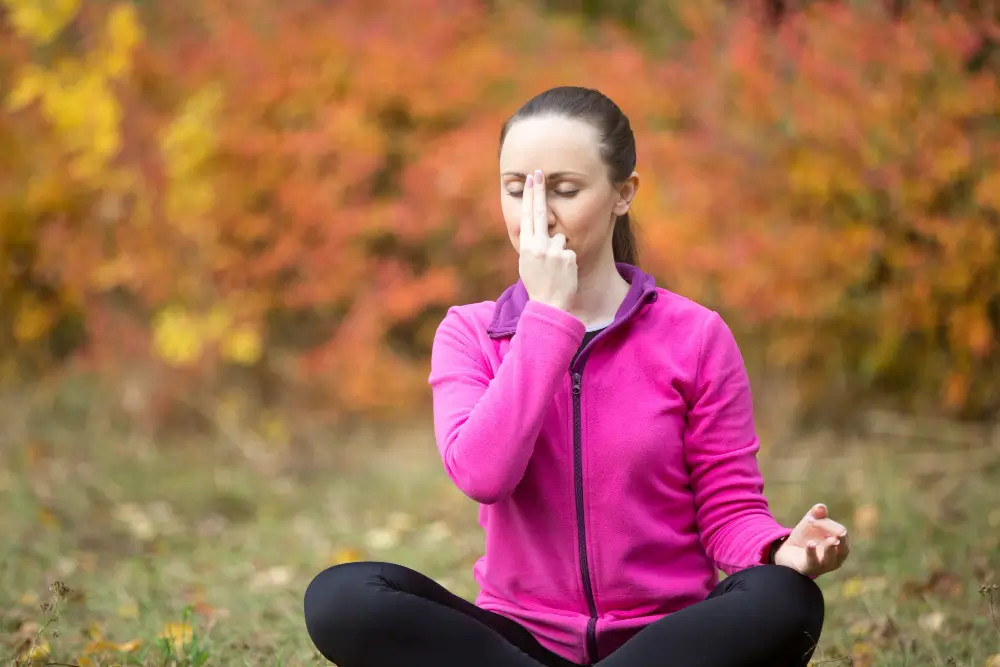Table of Contents
The Ultimate Guide to Breathing Exercises for Anxiety Management
In today’s fast-paced world, anxiety has become an unwelcome companion for many of us, affecting our well-being and daily functionality. However, amidst the myriad of strategies available for managing this condition, breathing exercises stand out not just for their effectiveness and accessibility, but also for the sense of empowerment they can bring. This blog post delves into the heart of several breathing techniques, empowering you with the knowledge and tools to soothe your nervous system and find a beacon of calm in the storm of anxiety.

The Connection Between Breathing and Anxiety
Breathing exercises have long been heralded as potent tools for anxiety management due to their ability to signal the body to relax and diminish the physical symptoms associated with anxiety. Focusing on the rhythm and depth of breath can catalyze a downward shift in stress levels, fostering a tranquil mind and body landscape. This effectiveness of breathing exercises should not just instill, but also boost your confidence in your ability to manage anxiety.
The Power of Proper Breathing for Mental Health
Before we explore specific techniques, it’s crucial to understand the importance of proper Breathing. Deep, diaphragmatic breathing engages the parasympathetic nervous system, counteracting stress and anxiety by slowing the heart rate and lowering blood pressure—critical components in fostering a sense of peace.

Diaphragmatic Breathing
What Is It?
Diaphragmatic Breathing, also known as deep abdominal Breathing, involves drawing breath deep into the lungs to expand the belly rather than the chest.
How to Practice
- Sit comfortably or lie flat on your back.
- Place one hand on your belly and the other on your chest.
- Inhale slowly through your nose, ensuring your diaphragm inflates enough to stretch the lungs.
- Slowly exhale, feeling the belly fall.
- Repeat for several minutes.
Benefits for Anxiety
This method effectively reduces the ‘fight or flight’ response, promoting a relaxed state conducive to mental clarity and calmness.
Box Breathing
Step-By-Step Guide
- Inhale for a count of four.
- Hold your breath for a count of four.
- Exhale slowly through your mouth for a count of four.
- Hold your breath again for a count of four.
- Repeat the cycle for a few minutes.
Effectiveness
This technique improves concentration and regulates the body’s stress response in tense moments.
Equal Breathing
Practice Steps
- Inhale through your nose for a count of four.
- Exhale through your nose for a count of four.
- Adjust the count based on comfort level, aiming for equal inhalation and exhalation lengths.
Role in Calming the Mind
Equal Breathing is instrumental in centering the mind, making it an excellent precursor to meditation or sleep.

Nadi Shodhana (Alternate Nostril Breathing)
Guide to Performing
- Sit in a comfortable position.
- Place your right thumb over your right nostril and inhale deeply through your left nostril.
- At the peak of inhalation, close off the left nostril with your ring finger, then exhale through the right nostril.
- Continue this pattern, alternating nostrils after each inhalation.
Anxiety Relief
Nadi Shodhana is believed to synchronize both brain hemispheres, fostering emotional balance and calm.
Progressive Relaxation Breathing
Instructions
Combine deep Breathing with tensioning and relaxing each muscle group in the body, from the toes to the head.
Benefits
This exercise amplifies the physical benefits of deep Breathing, promoting a full-body relaxation effect.
Incorporating these breathing exercises into your daily routine can serve as a powerful antidote to the stresses of modern life. For example, you could start your day with a few minutes of Diaphragmatic Breathing, practice Box Breathing during your lunch break, and end your day with a session of 4-7-8 Breathing before bed. By affording yourself a few moments each day to practice these techniques, you can cultivate a sense of inner serenity, providing a durable shield against the pressures of the external world.

Conclusion
Breathing exercises offer a simple yet profoundly effective means of managing anxiety. Regular practice is not just essential, it’s the key to unlocking the full potential of these techniques. It can enhance your resilience to stress and improve your overall mental well-being. Remember, while these exercises are potent tools for health and relaxation, they’re most effective when combined with other wellness practices and, if necessary, professional counseling. By committing to regular practice, you’re not just taking a proactive step towards managing your anxiety, but also demonstrating your commitment to improving your mental well-being.
We encourage you to experiment with these techniques, find what works best for you, and share your experiences in the comments section below. With each breath, you can recalibrate your nervous system, anchoring yourself in the present moment with renewed peace and clarity. Your insights and feedback can help others on their journey to anxiety management.
ADSENATOR INFO BLOG SITE
Adsenator is not just a typical blog site; it’s a digital marketing powerhouse that serves as a valuable resource for technology enthusiasts, bloggers, and those passionate about computer networking, computer programming, and computer systems.